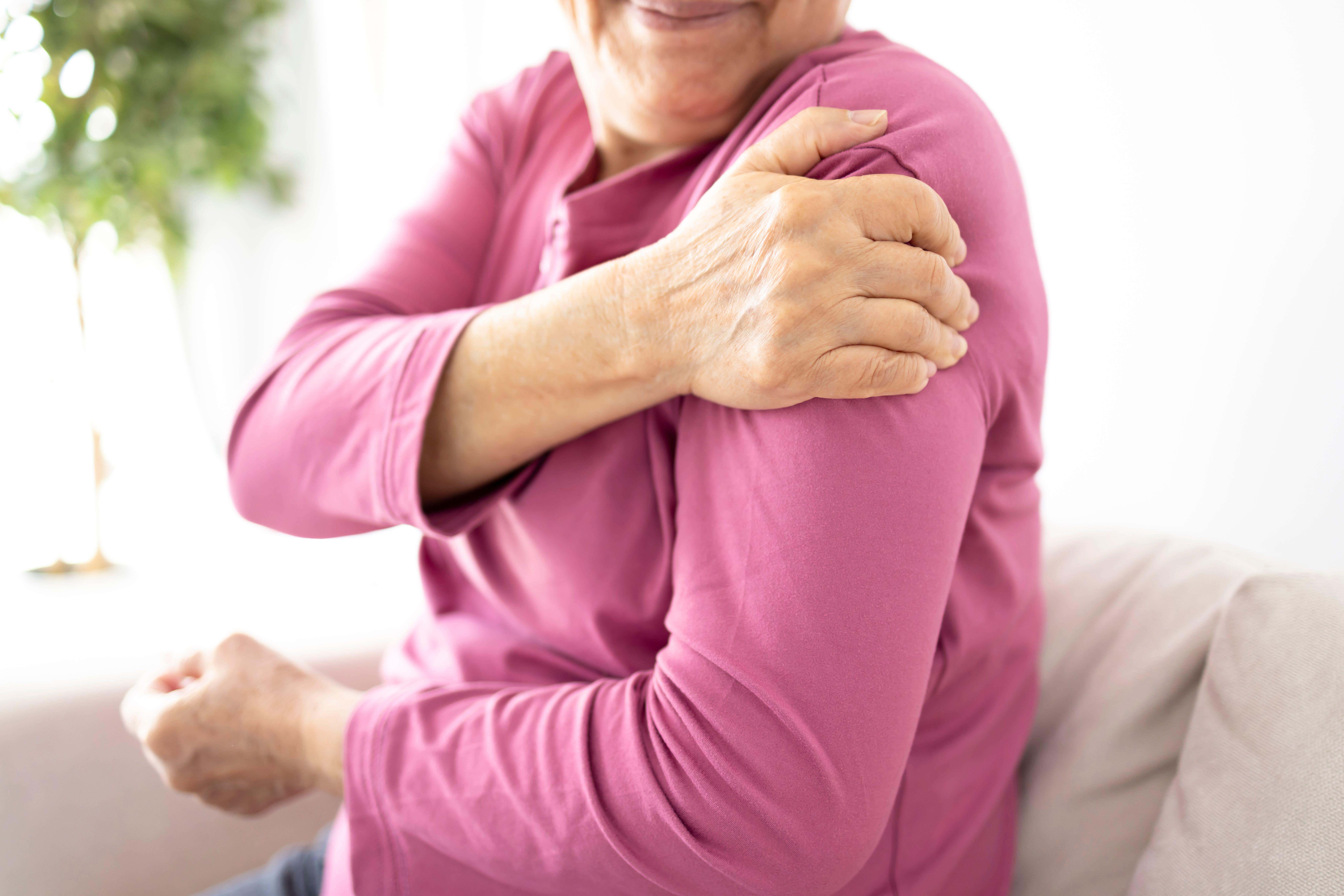8 things everyone should know about osteoporosis
1 in 2 women and 1 in 5 men over the age of 50 will break a bone due to osteoporosis in their lifetime, says to the Royal Osteoporosis Society.

Your support helps us to tell the story
From reproductive rights to climate change to Big Tech, The Independent is on the ground when the story is developing. Whether it's investigating the financials of Elon Musk's pro-Trump PAC or producing our latest documentary, 'The A Word', which shines a light on the American women fighting for reproductive rights, we know how important it is to parse out the facts from the messaging.
At such a critical moment in US history, we need reporters on the ground. Your donation allows us to keep sending journalists to speak to both sides of the story.
The Independent is trusted by Americans across the entire political spectrum. And unlike many other quality news outlets, we choose not to lock Americans out of our reporting and analysis with paywalls. We believe quality journalism should be available to everyone, paid for by those who can afford it.
Your support makes all the difference.Osteoporosis is a condition that weakens bones, making them more susceptible to fractures.
With ageing, the risk of osteoporosis increases, but early awareness and lifestyle adjustments can make a significant difference in prevention and management.
Here are eight important things that everyone should know about osteoporosis to help maintain strong bones and reduce the risk of fractures as we age.
1. It is often referred to as the ‘silent disease’
“It is often called the ‘silent disease’ because it progresses without symptoms until a fracture occurs,” explains Sam Bhide, physiotherapist and founder of Physiozen Ltd.
Kirsty Carne, senior osteoporosis specialist nurse at the Royal Osteoporosis Society, adds: “It doesn’t cause any general aches or pains or other symptoms.
“It’s the broken bones that can cause pain, rather than osteoporosis itself. Spinal fractures can also cause height loss and a curved spine.”
2. Osteoporosis is more common in women
“Women have smaller, thinner bones (low bone mass) compared to men,” highlights Bhide. “And oestrogen, which protects bone density, declines gradually after menopause, accelerating bone loss, making women prone to bone density issues.
“Pregnancy and breastfeeding can also temporarily deplete calcium levels.”
3. People with osteoporosis can break bones through minor activities
“Osteoporosis is a condition where the bones become weaker and break more easily, even after a minor bump or fall,” explains Carne. “Broken bones (called ‘fragility fractures’) caused by osteoporosis can commonly affect the spine, hip and wrist.
“People with osteoporosis can break bones through really minor daily activities such as moving a pot in the garden or bending to get a casserole out of the oven.”
4. There are many risk factors
Age and family history are both risk factors.
“Bone density naturally decreases with age and genetic predisposition plays a role,” says Bhide.
Lifestyle factors can also be influential.
“Poor nutrition, especially low calcium and vitamin D intake can increase the risk,” says Bhide. “Smoking and excessive alcohol consumption are also risk factors that lower bone density.”
5. Early diagnosis is important
“Early diagnosis prevents fractures and associated complications, and also allows timely interventions to slow bone loss,” says Bhide. “It also reduces healthcare costs and improves quality of life.”
Osteoporosis is usually diagnosed when someone who has risk factors, or has had a fragility fracture, is then sent for a bone density scan (DXA scan).
“This scan helps us understand if you have a raised risk of fractures and if you will benefit from being on one of the drug treatments for osteoporosis to reduce that risk,” explains Carne. “For some elderly people who have broken a hip, or had several fractures, their history of broken bones may be enough to highlight a need for treatment without having a bone density scan.”
6. A healthy lifestyle can help to maintain good bone health
“A healthy varied diet that provides all the nutrients you need, and plenty of exercise can help to keep bones stronger,” says Carne. “Make sure you have at least 700mg of calcium daily and consider using 400 international units of vitamin D a day during the winter months as these are both important for bone health.
“Also, simple things like avoiding smoking and keeping alcohol levels within recommended limits can help to reduce your risk.
“These things can’t stop all chances of osteoporosis and fractures, but they can help to reduce your risk.”
7. Resistance or weight-bearing exercise can help strengthen our bones
“Regular weight-bearing and resistance training three to five times a week can help,” says Bhide.
Bones stay strong if you give them work to do and like variety, says Carne.
“Aim for 150 minutes of weight-bearing exercise a week,” recommends Carne. “For exercise to be most effective at keeping bones strong, you need to combine weight-bearing exercise with impact such as jogging or stamping, and muscle-strengthening exercise such as lifting weights or using resistance bands.”
8. Osteoporosis cannot be cured
“We don’t have a medication or treatment that will get rid of the condition completely and make your bones healthy for the rest of your life,” says Carne. “We do, however, have medications that can help to strengthen your bones and reduce your risk of fractures, and these work really well.
“For most people with osteoporosis, this means they may be on a drug treatment for a few years, and maybe off for a year or two, and then back on again if their bones start to deteriorate again and so on.
“There is a range of drug treatments for osteoporosis including tablets, injections and intravenous infusions, but most people will use a tablet they take once a week such as alendronate.”